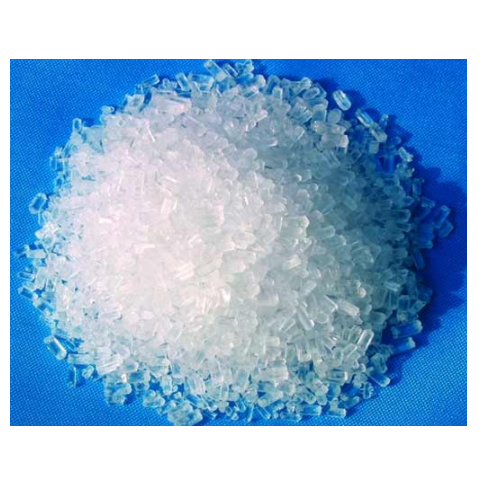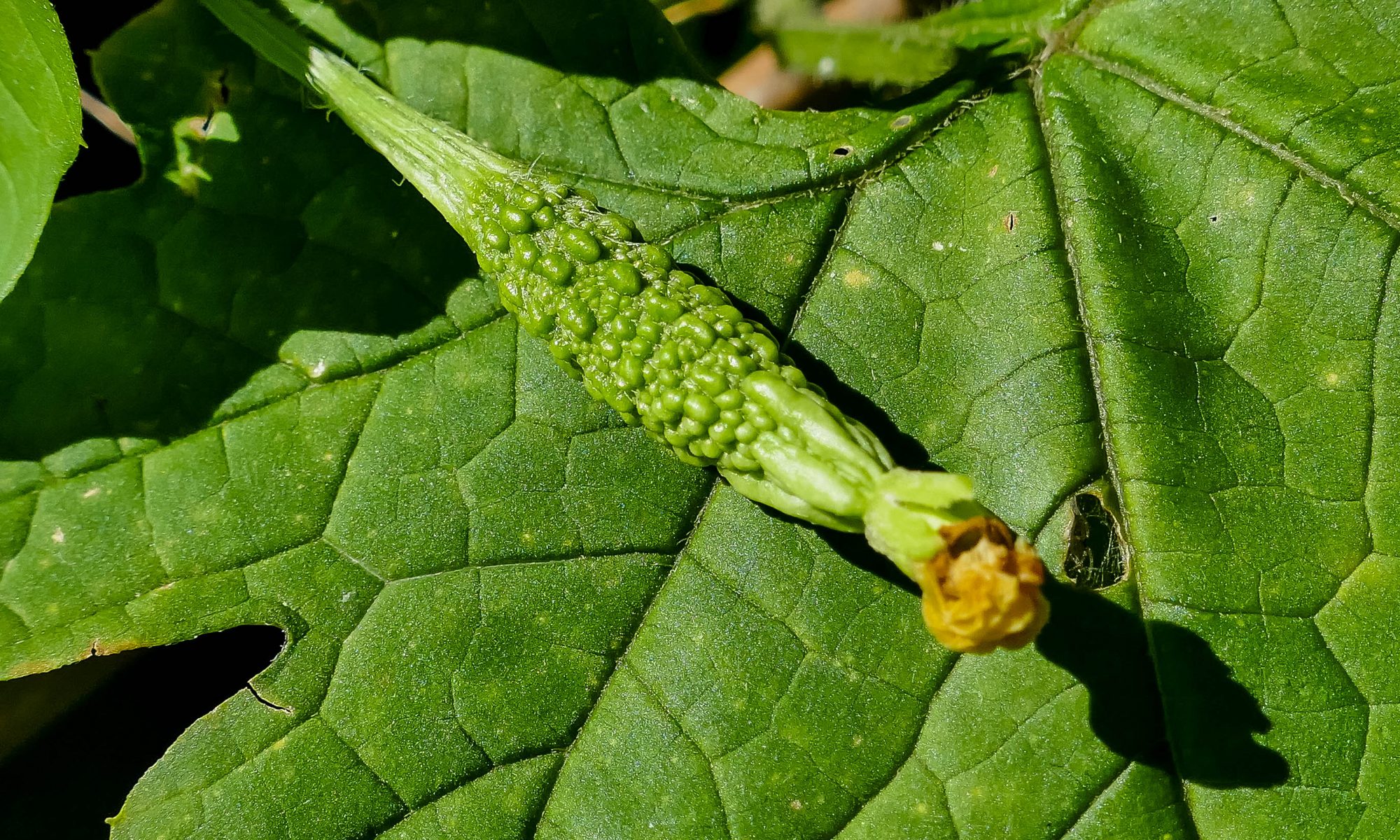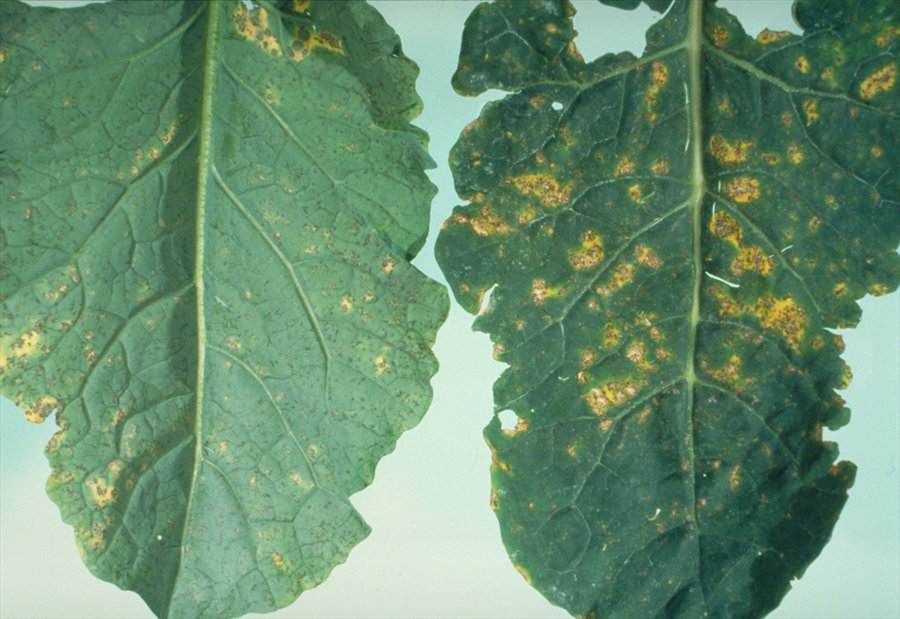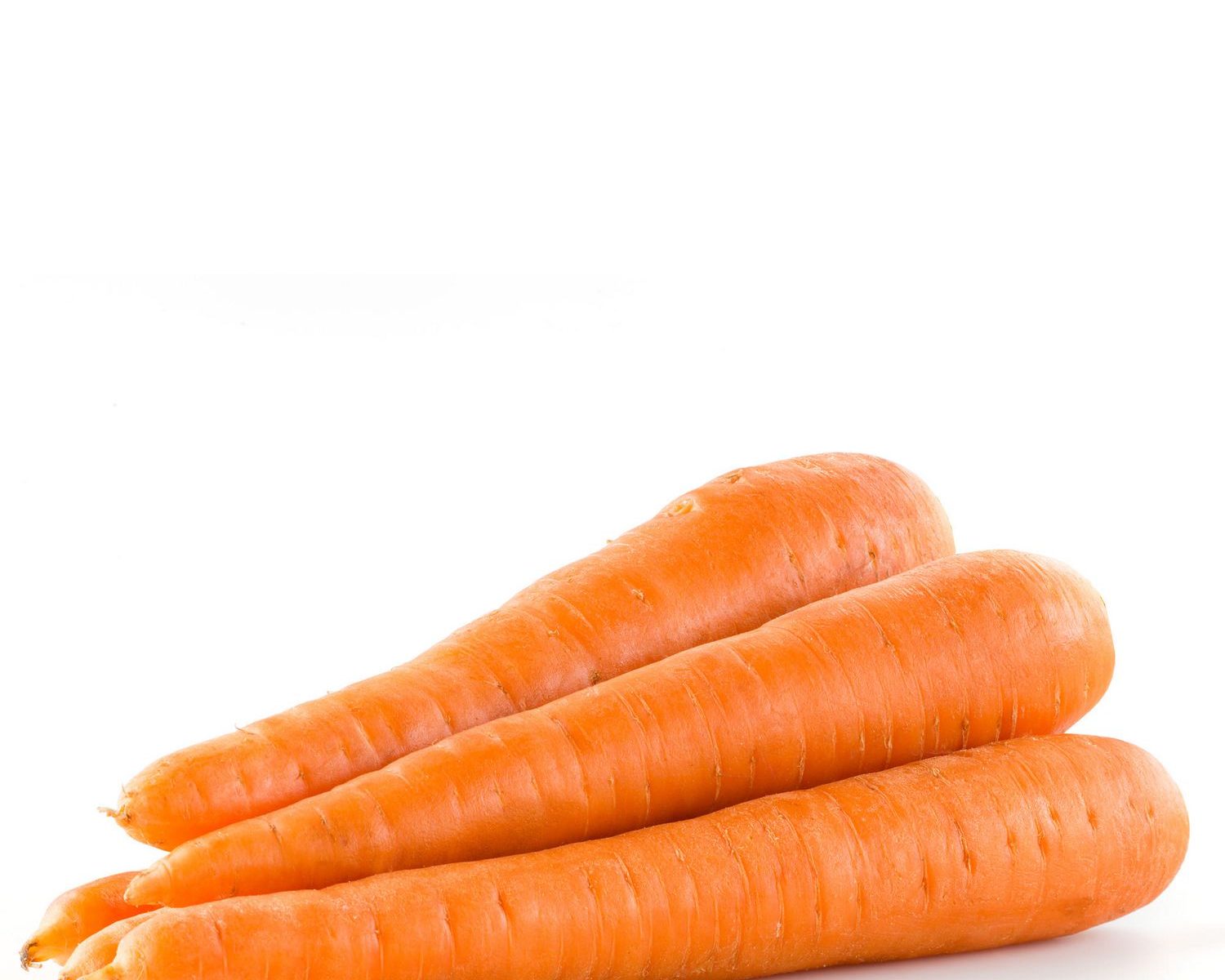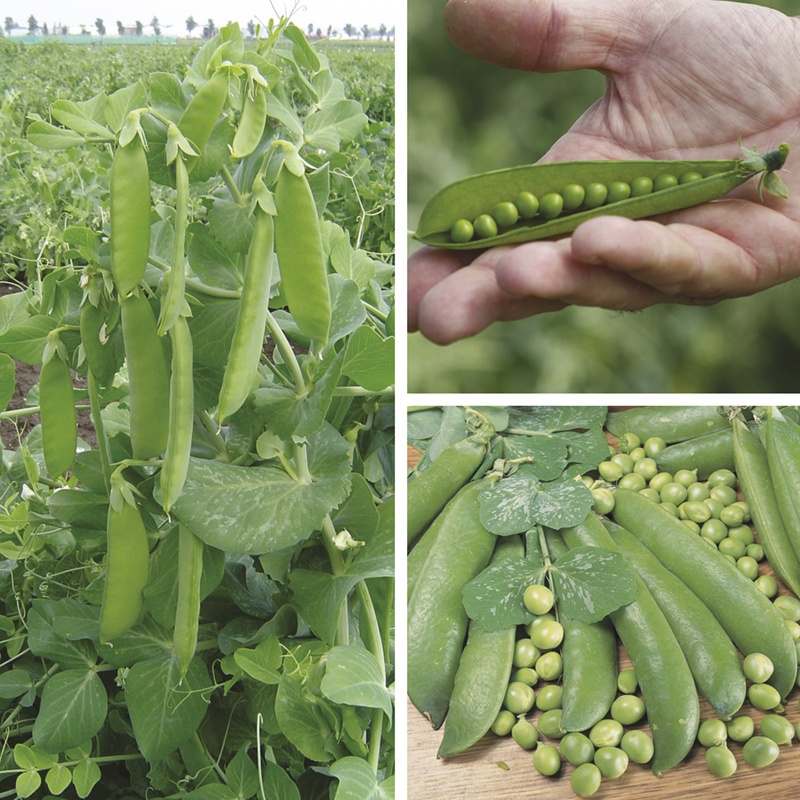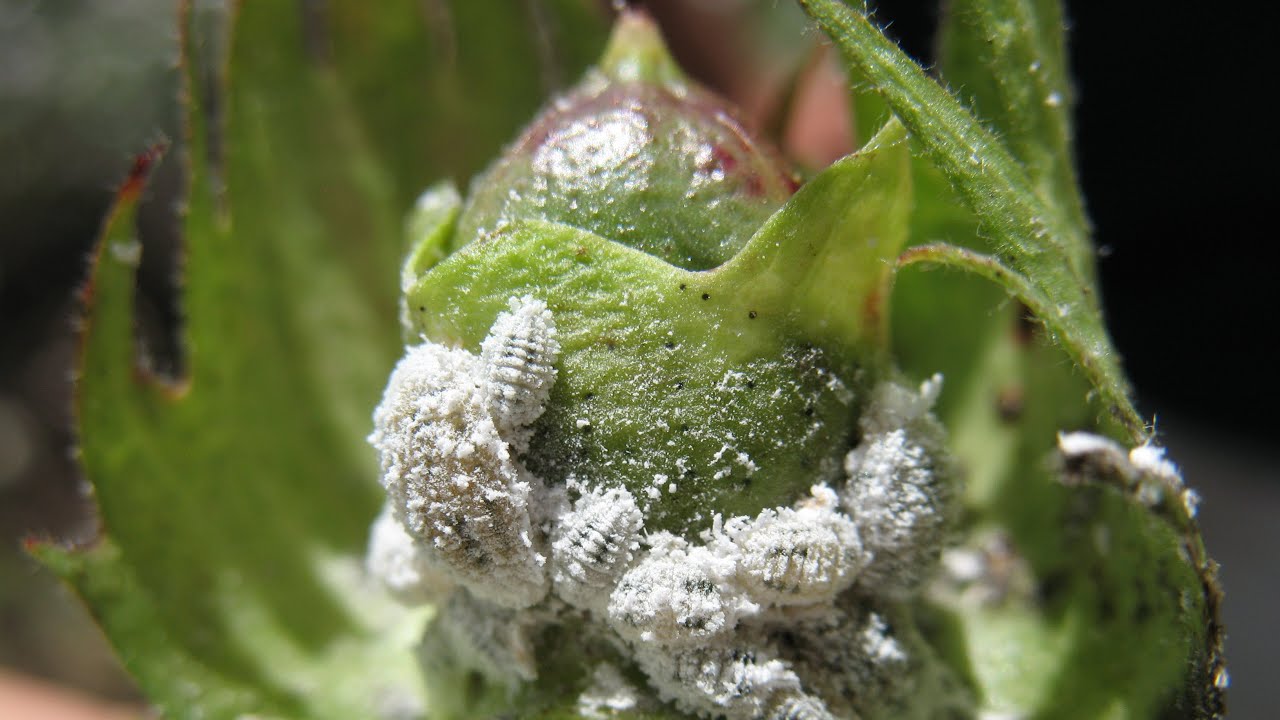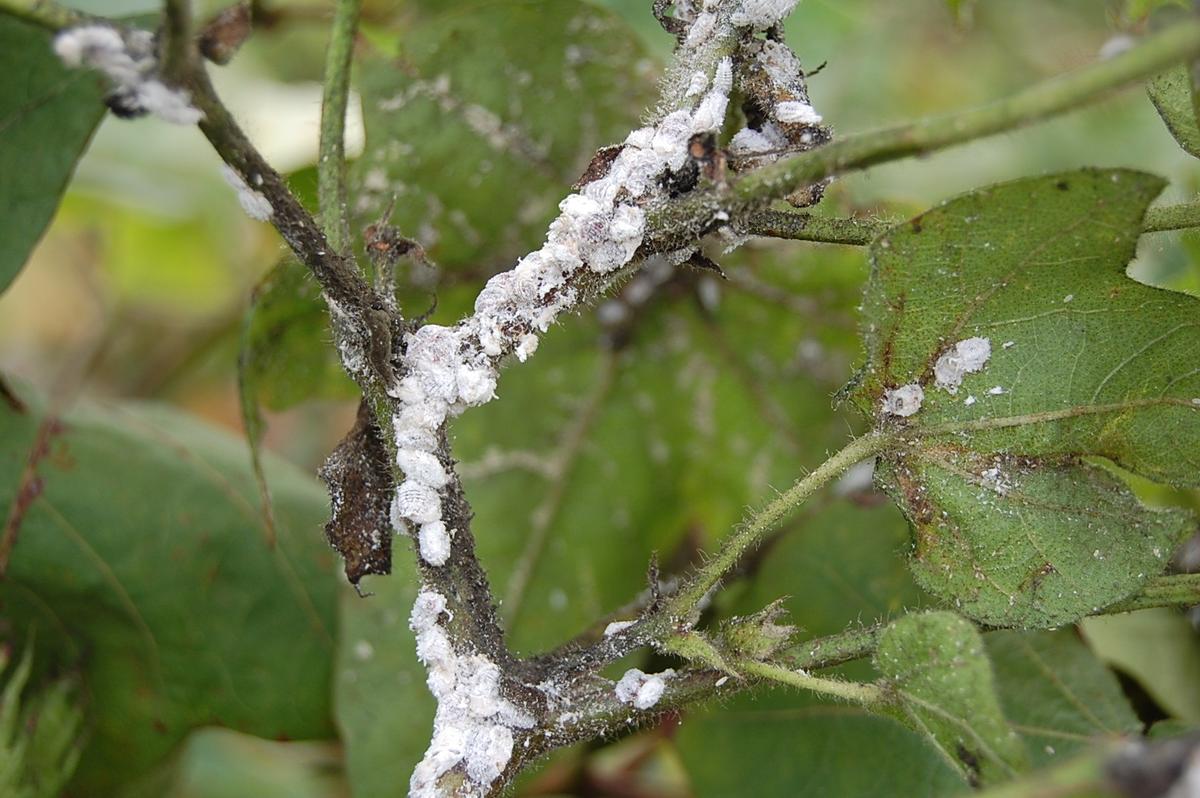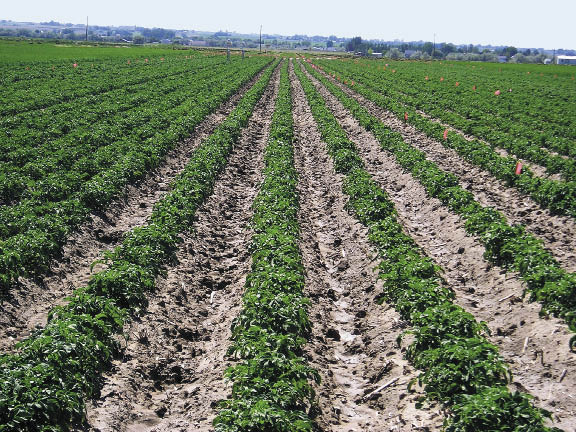A basal dose of 12 kg N per acre at planting is sufficient for stimulating early growth.
- The higher dose of nitrogen has an adverse effect on nodulation fixation.
- The crop gives a good response to phosphorus application as it favors nitrogen fixation by increasing nodule formation. It also increases the yield and quality of pea.
- Potassic fertilizers also have an effect in increasing the yield and nitrogen fixation ability of the plant.
General Recommendations:
General recommended fertilizer doses depend upon the:
- The fertility of soil and the amount of organic manure applied to the crop.
- Sowing conditions: Whether the field is irrigated or rainfed?
- If the crop is rainfed, doses become just half.
How much to apply?
- 06-08 t/acre of well-decomposed FYM is incorporated into the soil.
- For the better yield in pea use 10 kg Urea, 50 kg DAP, 15 kg MOP and 6 kg Sulphur 90% per acre during the land preparation use the half quantity of urea and the full quantity of remain fertilizer and remaining quantity of urea used in two split doses during the irrigation.
Like and share with other farmers by clicking on the button below.
Share

